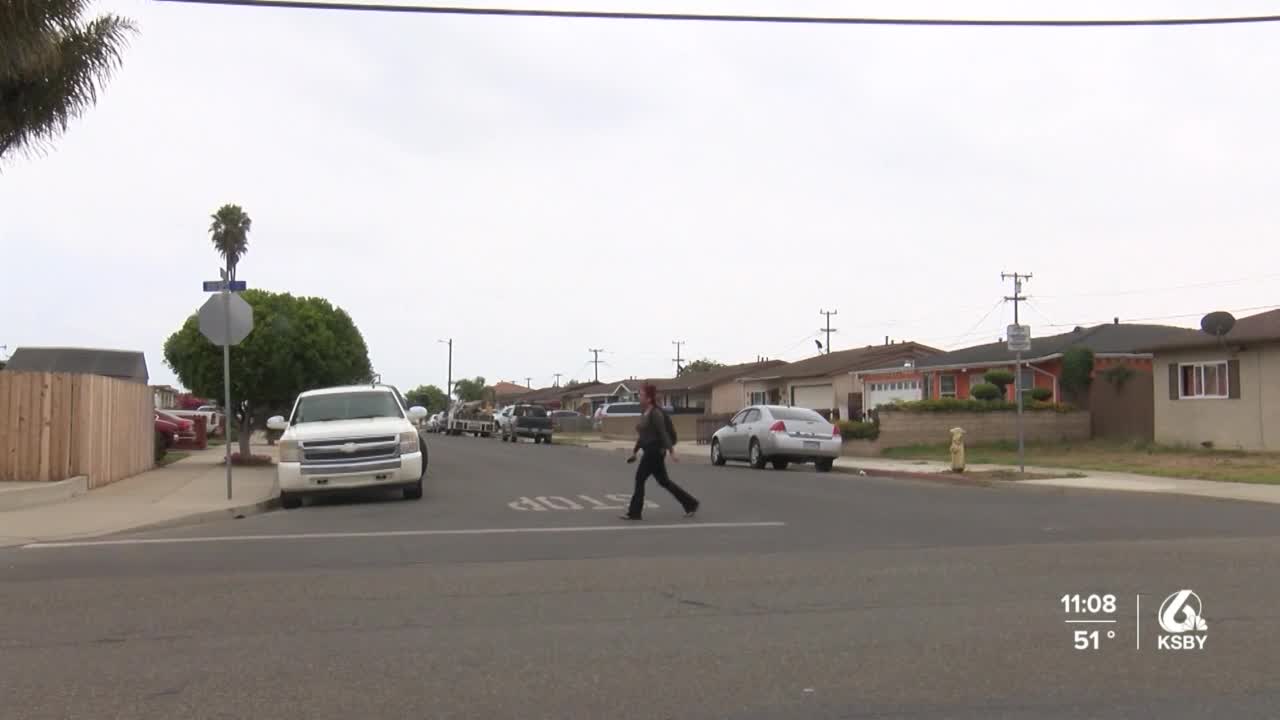GUADALUPE, Calif. (AP) — A California police officer won't face criminal charges for accidentally killing a bystander while shooting at a suspect last year, the state Department of Justice announced Tuesday.
Juan Olvera-Preciado, 59, of Guadalupe, died at the scene on the night of Aug. 21, 2021, in the small coastal city in Santa Barbara County.
A bullet ricocheted off the ground and traveled about 174 feet (53 meters) before hitting Olvera-Preciado in the head as he sat in a parked car, said a report by the DOJ, which is required by state law to investigate law enforcement shootings that kill unarmed civilians.
Police had stopped a man suspected of setting a small fire who had two active warrants for his arrest, authorities said.
During a brief chase, police said the man refused orders to stop and then took his hand out of the pocket of his hooded sweatshirt and appeared to be holding a gun, although only a small black butane torch was found at the scene, authorities said.
Officer Miguel Jaimes fired three shots, which missed the suspect, who fell to the ground and was arrested.
One bullet ricocheted off the ground and went through the slightly ajar car door before striking Olvera-Preciado as he sat in his vehicle in a driveway, the report said.
The DOJ report said the nighttime scene was “pitch black" at the intersection where the shots were fired, and officers couldn't see the driveway from their positions.
The report said Jaimes acted in “lawful self-defense” and wasn’t criminally liable for the bystander’s death.
“Therefore, there is insufficient evidence to support a criminal prosecution,” the report concluded.
“My heart goes out to Mr. Olvera-Preciado’s family, friends, and all those who knew him,” Attorney General Rob Bonta said in a statement. “His death was tragic and there is nothing that can make up for the loss of a loved one."
Bonta said his office has recommended changes in the Guadalupe Police Department “to help increase public trust and keep our communities safe."
Those recommendations include requiring officers — when possible — to use de-escalation and crisis intervention techniques as alternatives to using force, and developing guidance on policies regarding “situational awareness" to reduce the risk of harming innocent bystanders.





